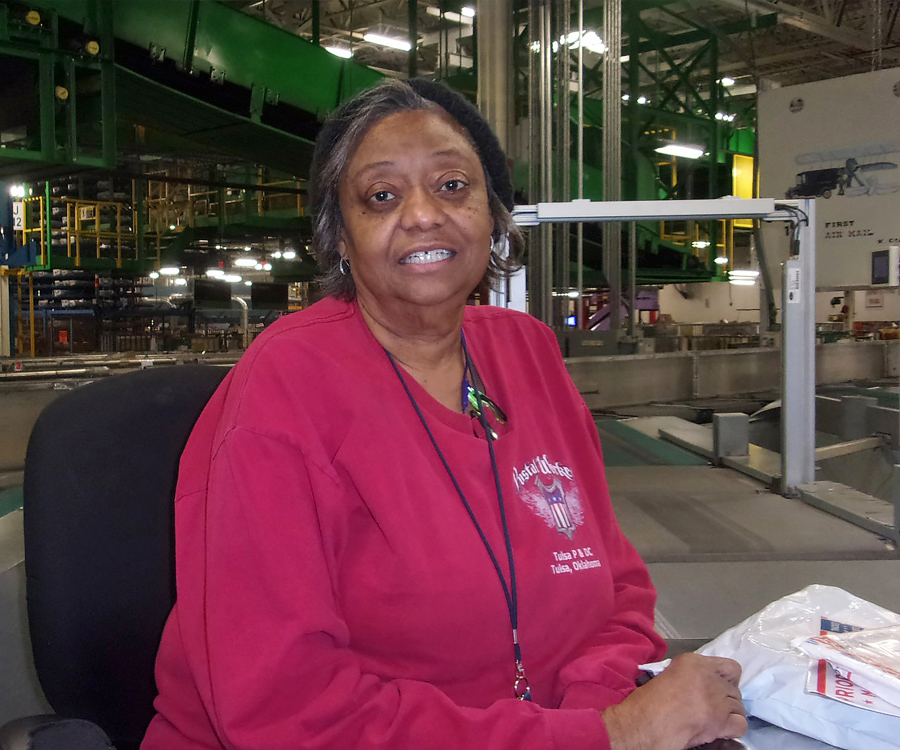Gail Etienne-Stripling needed more than a notebook on her first day of school on Nov. 14, 1960 — she also needed police protection.
The Tulsa, OK, mail processing clerk was 6 years old when she and two other first-grade girls became the first students to integrate McDonogh 19 Elementary School in New Orleans.
Etienne-Stripling, Leona Tate and Tessie Prevost were greeted by angry protesters upset at the enforcement of the 1954 Brown v. Board of Education decision that ruled racial segregation of public schools was unconstitutional.
Federal marshals escorted the girls through the crowd.
“We didn’t know we had become key participants in a movement taking place across the country,” said Etienne-Stripling, who would soon be known as one of the “McDonogh Three.”
That same day in New Orleans, another child, Ruby Bridges, became the first African American student to integrate William Frantz Elementary School.
Soon after Etienne-Stripling, Tate and Prevost entered their new school, parents came to remove their children. For the remainder of the school year, the McDonogh Three were the building’s only pupils.
“That time was hardest on our parents,” said Etienne-Stripling, who recalls teachers taping brown paper bags to the school’s windows for safety reasons. “We couldn’t play outside or eat in the cafeteria. We had to bring our own lunch every day.”
At home, police officers guarded the girls’ homes, and federal marshals continued to escort them to and from school.
“We went through a lot as children,” Etienne-Stripling said. “I got hit in the stomach with a baseball bat and was spit on — things that should never happen to a child.”
The following school year, 20 additional African American students arrived at McDonogh 19. At the start of their third-grade year, the McDonogh Three were sent to integrate the city’s all-white T.J. Semmes Elementary School.
“We stood our ground to not be distracted by the negativity of those around us. We wanted to set a good example like our parents taught us,” Etienne-Stripling said.
Today, Etienne-Stripling, Tate and Prevost remain “sisters for life,” and their pivotal role in the civil rights movement has been chronicled by multiple news outlets.
Etienne-Stripling joined USPS in 1999. She evacuated New Orleans in 2005 ahead of Hurricane Katrina to stay with her brother in Oklahoma; due to the devastation in the city, she received a transfer to Tulsa, where she has continued her postal career.
At the Tulsa Processing and Distribution Center, Etienne-Stripling is always willing to help new employees learn the ropes, according to her supervisor, Distribution Operations Manager Hicham Ettaki.
“She is very knowledgeable with most of the operations we have in the plant. Her good attitude makes other employees come to her with questions,” he said.
Outside work, Etienne-Stripling is close to her niece, Jovontreia, whom she raised, and considers Jovontreia’s two daughters, London and Brooklyn, her grandchildren.
Etienne-Stripling returns home to New Orleans regularly and often meets with Prevost and Tate, the latter of whom operates a foundation that purchased McDonogh 19 and is transforming it into a community and cultural center.
With African American History Month underway — and with the 60th anniversary of the integration of the New Orleans public school system approaching — Etienne-Stripling is reflective.
“As a black woman in America, I continue to comprehend the events of the 1960s and appreciate the sacrifices of our families to fight against inequality,” she said.
